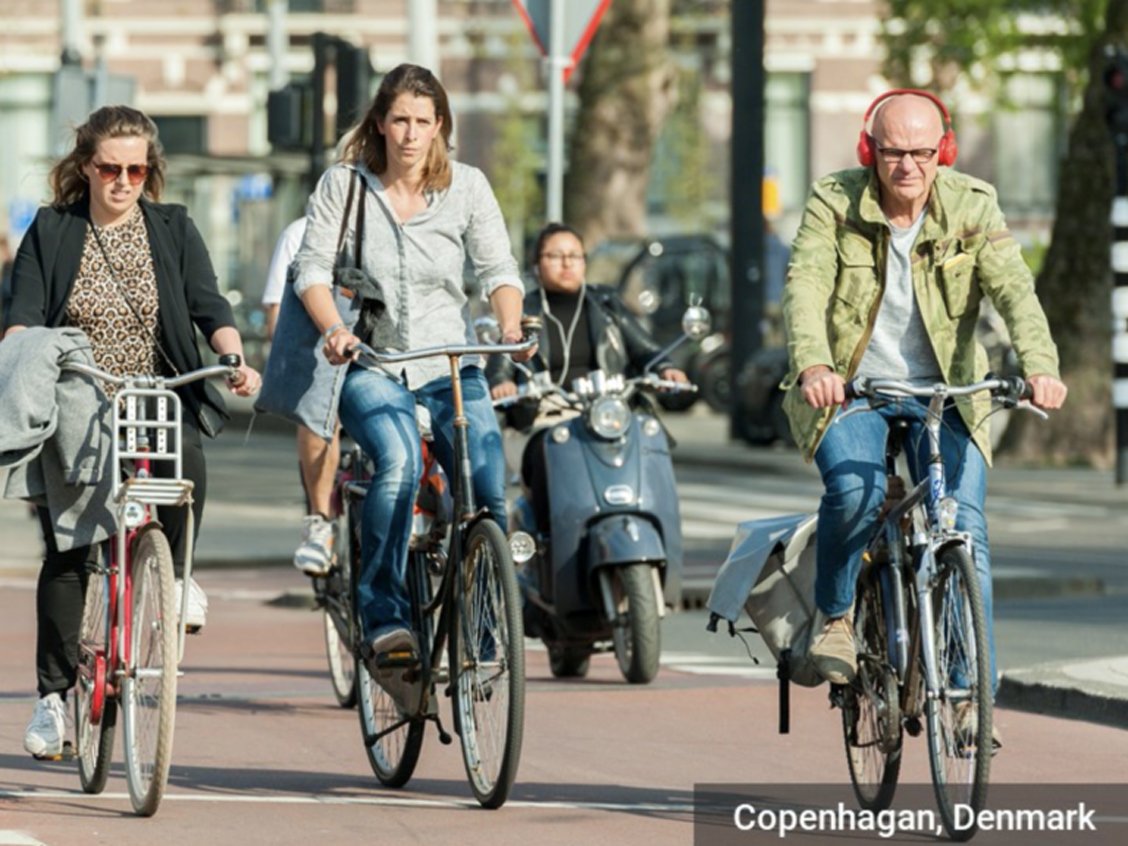
2050 is not soon enough. Gary Clark, Chair of RIBA’s Sustainable Futures Group, looks ahead at the long-term structural changes that need to be made to achieve a net zero future by 2030.
As we reach nearly one million Covid related world-wide deaths and with a second wave taking hold yet again; together with a worldwide recession on the horizon, we are rightly focussed on the short-term impacts of the pandemic. We must, however, look ahead, to the long-term structural changes of Covid and our other global emergency, namely climate change and biodiversity; which continues to gather pace with unprecedented climatic and human disasters occurring with increasing frequency. The Covid pandemic has brought into sharp focus the annual deaths due to air pollution and climate change. These range from 250,000 annual deaths linked to rising temperatures by WHO. In addition, 40,000 annual deaths are attributed to air pollution in the UK alone. If this statistic is scaled up to the global population then an upper projection could well be over 4 million deaths a year.
The pandemic is also helping to accelerate the remote and flexible working trends that were already taking place before Covid. It is still too early to give a definitive answer on the full impact on our post Covid towns and cities, yet it appears highly likely that all facets of life will move to a blended approach of flexible remote working, learning, and retail.
The key question is what do we do with our existing buildings and infrastructure to create a sustainable and resilient future for all? The other question I ask is do we need to keep constructing new buildings?
The built environment accounts for up to 40% of UK carbon emissions, and therefore the architecture, construction and real estate sectors have an integral role to play in achieving the Government’s targets for 2050.
The direction of travel of government on net zero policy is welcome, however, the situation is urgent, and we must unify contradictory policies into a coherent sustainable development strategy.
I believe we are ready and know how to deliver a net zero sustainable future; however; we need clear, concise metrics and a road map integrated into the new sustainable design code. I would urge the government to use the RIBA 2030 Challenge and Sustainable Outcomes approach.
We also need to better understand how buildings perform over their life cycle. New regulations are required to measure building efficiency and evaluate how new buildings perform against their energy targets. Finally, we need a roadmap on how to retrofit the UK’s existing 45 million buildings, including 27 million homes, within 30 years.
To deliver this sustainable future, we need Government to step up and support the changes required by bold and creative legislation. The UK Government recently published its Planning for the Future White Paper. A central tool within this proposal is to create a national ‘sustainable development’ model. We hope that the Government and its advisors when completing this model over the coming months embrace and enshrine a sustainable future.
A future that presumes the re-use and net zero carbon retrofit of the existing building stock as a prerequisite for development. In addition, flexible and resilient multi-use buildings combining workplace and research incubators that will provide corporate social workplace hubs and residential repurposing.
I suggest that we reclaim our roads from polluting traffic to create cleaner, pedestrian friendly green infrastructure through our towns and cities. We should bring nature into our everyday lives to create new green spaces on a scale not seen since the prolific Victorians, with the resultant health and wellbeing benefits.
I see a future that creates a truly mixed-use and walkable urban realm rather than a sprawling suburbia with the continued dependence on private vehicles and social isolation. As architects, we should design buildings that break open the hermetically sealed and outdated glass boxes of the Twentieth Century; to rediscover the delight of opening windows and contact to the outside, using nuanced and responsive passive design principles.
We must grasp this opportunity of great change and renewal to create a truly sustainable future that is resilient to both future pandemics and the new reality of extreme climatic events. We have a limited amount of time to make a difference and save Planet Earth.

